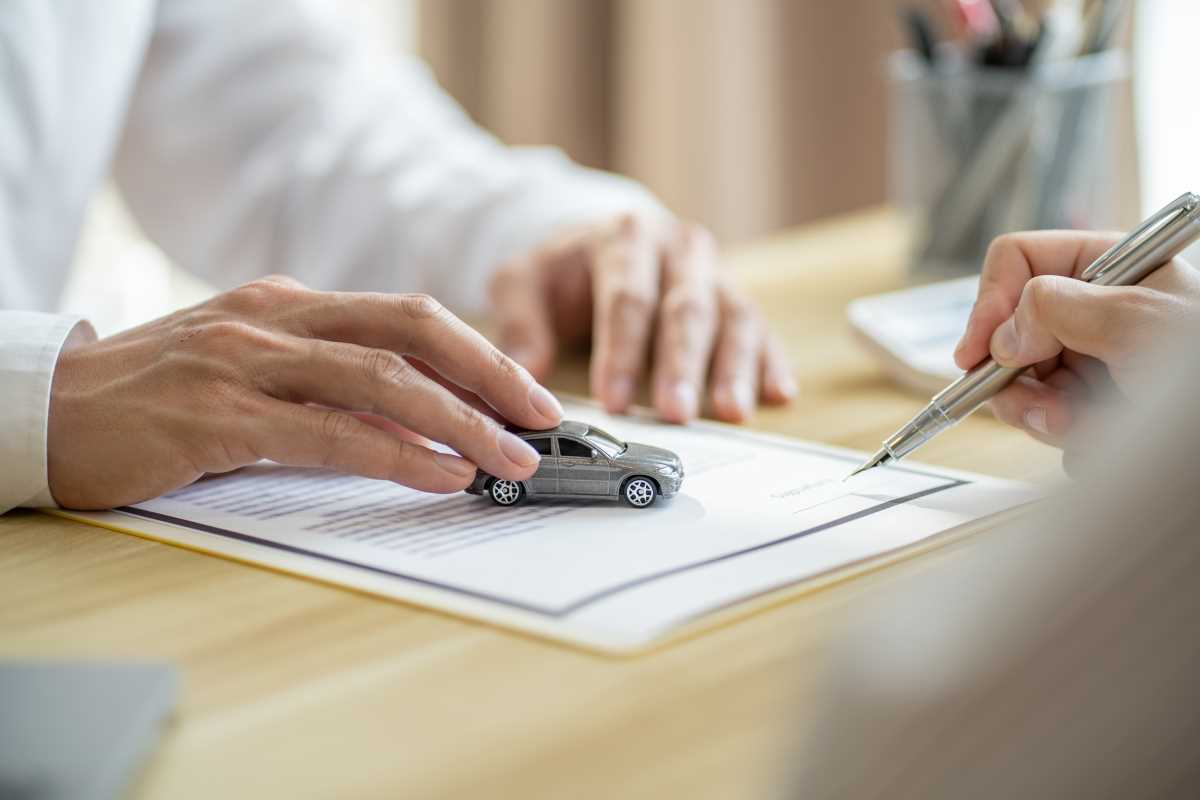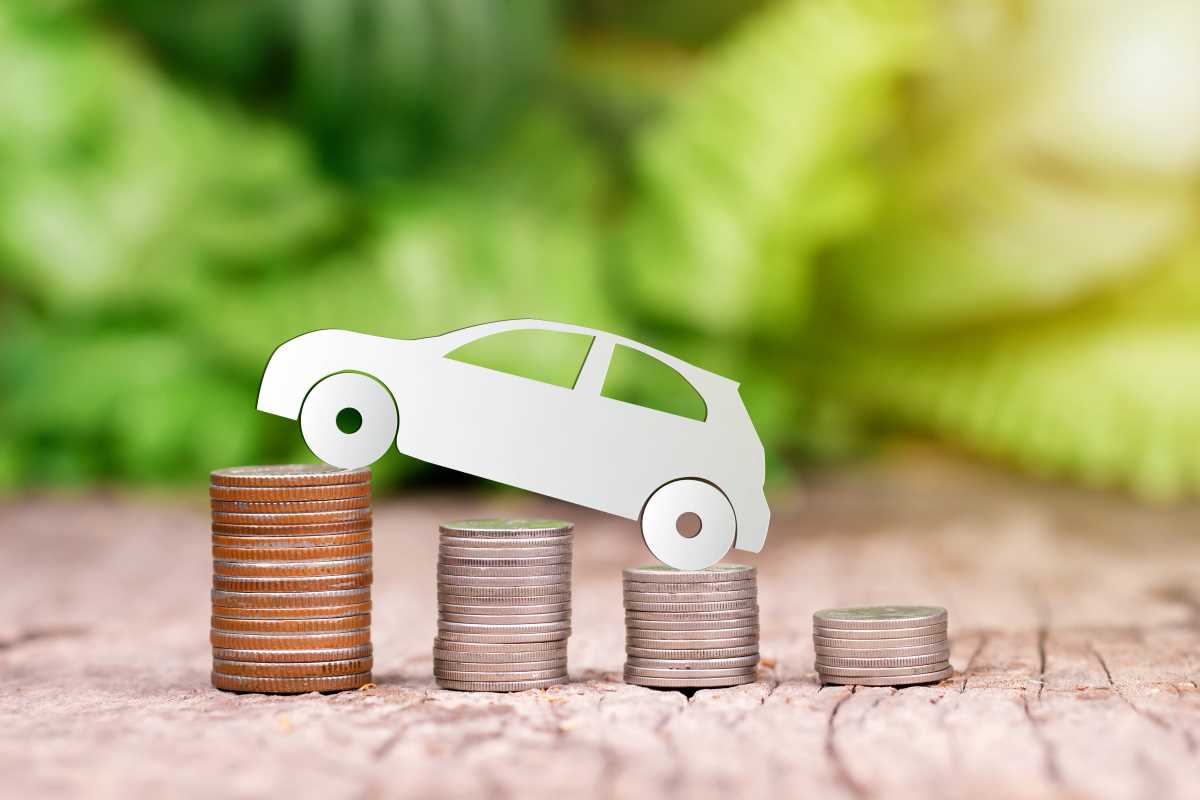If upgrading your car feels like a pricey proposition, trade-ins might just be the answer you didn’t know you needed. Picture this: you drive into a dealership with your current car, and by the time you leave, not only do you have a newer vehicle, but you’ve shaved thousands of dollars off the sticker price thanks to your trade-in. Pretty exciting, right? Trading in your car offers a convenient way to lower the cost of your next purchase, saving you time and effort compared to selling it privately. But there’s more to it than just showing up at the dealership and tossing them your keys. Understanding how trade-ins work can help you maximize your savings while driving off with the car you really want.
What Is a Trade-In?
A trade-in is when you sell your current car to a dealership as part of the process of buying a new or used vehicle. Instead of paying the full sticker price, the dealership applies the trade-in value of your old car toward your purchase. It’s like combining a sale and a purchase in one convenient transaction.
The beauty of trade-ins lies in the simplicity. Selling a car privately often involves advertising, haggling with prospective buyers, and dealing with paperwork. With a trade-in, the dealership takes care of all of that for you. They assess your car’s value, make you an offer, and handle the transfer process. This makes trade-ins particularly appealing for anyone who’s short on time or just wants to avoid the hassle of a private sale.
Trade-Ins as Down Payments
One of the biggest ways trade-ins save you money is by reducing the amount you need to finance. Essentially, the trade-in value of your current car acts as a down payment for your new one. For example, if the car you’re buying costs $25,000 and the dealership values your trade-in at $5,000, you only need to finance $20,000. That’s a major financial win.
A larger down payment decreases the principal amount of your loan, which comes with multiple perks. First, it lowers your monthly payments, making them more manageable. Second, it reduces the total amount of interest you’ll pay over the life of the loan. And third, it helps you avoid being “upside-down” on your loan—owing more than your car is worth—in case you decide to sell or trade in again down the line.
Tax Benefits of Trade-Ins
Depending on where you live, trading in your car could also save you money on sales tax. Many states only tax the difference between your trade-in value and the price of your new car, rather than the full cost of the new vehicle. For instance, if you’re buying a $30,000 car and your trade-in is valued at $8,000, you’d only pay taxes on the remaining $22,000.
This tax break can add up to hundreds of dollars in savings. Be sure to check your state’s tax policies to see if this benefit applies in your area. Additionally, when discussing trade-in deals with a dealership, ask how the tax savings will be factored into the overall transaction. Understanding every aspect of potential savings helps you make smarter financial decisions.
Preparing Your Car for Trade-In
To get the most value from your trade-in, you’ll want to put a little effort into preparing your car beforehand. Dealerships will always assess your car’s condition, mileage, age, and market demand when determining its trade-in value. The better your car looks and runs, the higher the offer you’re likely to receive.
Start by handling simple tasks like giving your car a thorough cleaning inside and out. A tidy, well-maintained car makes a much better impression than one that looks like it’s been through a mud race. Fix any minor issues, such as replacing burnt-out lightbulbs or topping off fluids. If your car has visible damage, like dents or scratches, consider getting them repaired if the cost is low relative to the potential increase in trade-in value.
Don’t forget to gather all relevant documents, including maintenance records, the title, and any spare keys. Showing that you’ve cared for the car and kept it in good condition can reinforce its value in the eyes of the appraiser.
Negotiating Your Trade-In Value
While trade-ins simplify the car-buying process, it’s still important to negotiate for the best deal. Dealerships are businesses, and they aim to make a profit on your trade-in when they resell it. Start by doing some homework to understand the market value of your car. Websites like Kelley Blue Book or Edmunds can help you get an estimate based on your car’s make, model, and condition.
When working with a dealership, keep your trade-in and new car purchase negotiations separate. Focus first on getting the best price for the car you want to buy, then discuss your trade-in. This keeps the conversation clear and prevents the salesperson from conflating the two transactions to leave less room for negotiation.
If a dealership’s initial offer for your trade-in feels too low, don’t be afraid to push back or even shop around at other dealerships. Some dealers specialize in certain brands, which might make them more inclined to offer a higher value for your trade-in.
Trade-In vs. Private Sale
You might wonder why you shouldn’t just sell your car privately and use the cash as your down payment. It’s true that private sales often yield higher payouts because you’re cutting out the dealership’s need to make a profit. However, private sales require much more effort.
Advertising your car, dealing with potential buyers, and handling legal documents can take weeks or even months. There’s also the safety factor to consider when meeting with strangers or arranging test drives. Trade-ins eliminate all of these headaches, making them the preferred choice for many buyers. The convenience and time saved often outweigh the potential for a slightly higher payout from a private sale.
Trade-ins offer a straightforward, convenient way to cut costs on your next car purchase, while also saving you time and effort. By understanding how they work and taking steps to maximize your car’s trade-in value, you can make your next vehicle upgrade an even savvier financial move.







